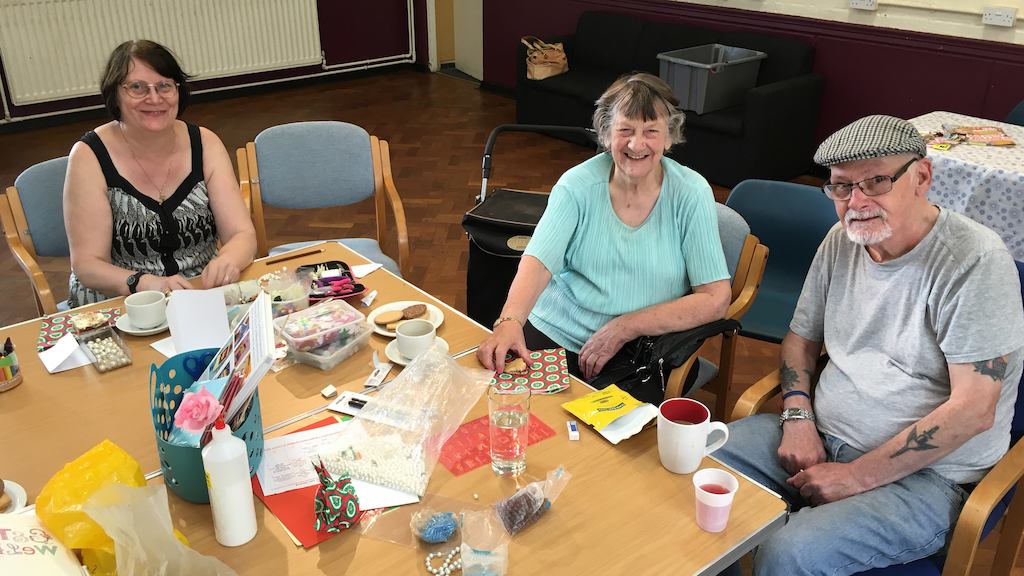Janet was amazing – overflowing with energy, creativity and generosity. She is a (not so quiet) lynchpin of her community, helping people out, stepping up when she sees a need, and getting stuff done. The benefits for Janet were obvious. I could see that she gained a lot of energy and satisfaction from making a contribution.
But Janet also showed me that a lot depends on the person – she does it because she is the sort of person who notices where help is needed, and is motivated (and bossy!) enough to give it. It’s not obvious how to encourage more people to become more like Janet – or whether they’d want to.
So we’ve decided to start our practical work by spending time in communities like the one Janet lives in – places where reported levels of volunteering are relatively low. We want to work with older people themselves, to understand what’s already happening where they live, who’s already making a contribution, and what kinds of outside support, if any, might help. This could mean finding ways to encourage more people to do more, but it might also mean finding ways to support the ‘Janets’ better.



